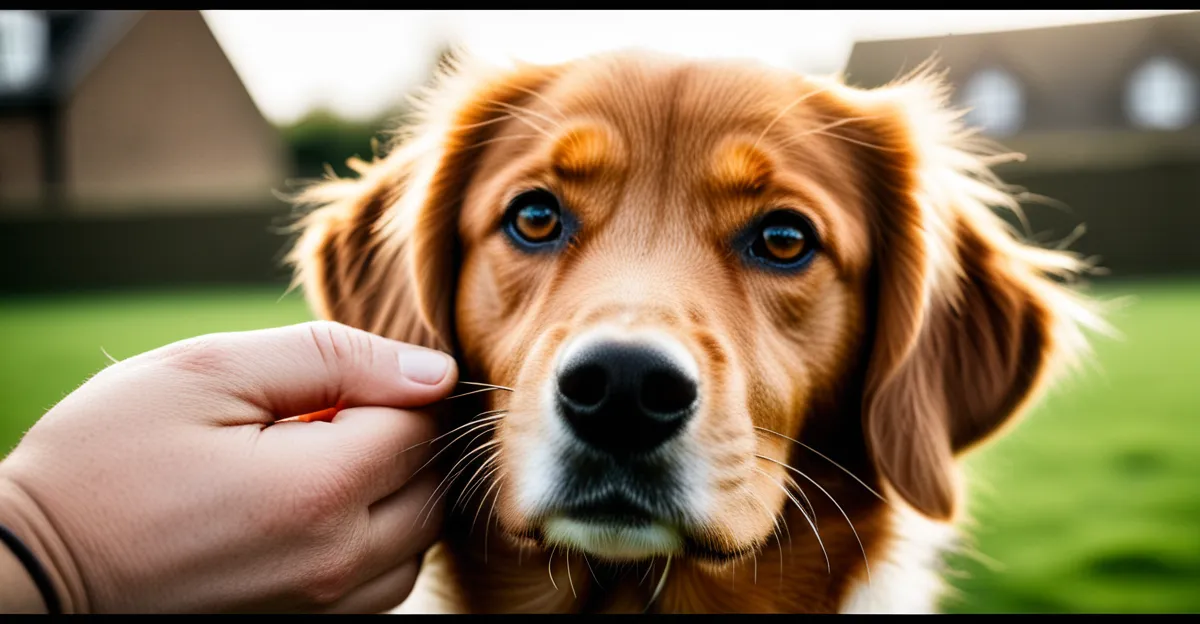UK Pet Ownership at a Glance: Recent Statistics and Demographics
Recent UK pet ownership statistics reveal a steady rise in the number of households welcoming pets. Surveys indicate that over 40% of UK homes currently have at least one pet, reflecting growing enthusiasm across varied demographics. Notably, age groups under 35 show the highest increase in pet adoption, suggesting younger generations are driving current pet trends. This demographic shift is significant because it influences demand for pet products and services tailored for younger owners.
Household types also reveal interesting patterns. Single-person households and families with children both exhibit high pet ownership rates, though preferences for certain pets may vary between these groups. Urban pet owners, traditionally less likely to keep large dogs, are increasingly adapting by selecting smaller breeds or other pets well-suited for apartment living.
Also read : Why Do Pets in the UK Have Unique Behavioral Traits?
Year-on-year comparisons highlight a gradual diversification in pet ownership. The data points to a slight but consistent increase not just in dogs and cats, but also in smaller mammals and fish, indicating evolving preferences. Understanding these current pet trends helps stakeholders—such as retailers and policymakers—anticipate needs and foster pet-friendly environments more effectively.
The Most Common Pets in the UK and Shifting Preferences
Understanding the most popular UK pets provides insight into evolving current pet trends. Dogs and cats dominate UK households, with dogs slightly more prevalent, reflecting a longstanding preference. However, recent pet adoption rates reveal increasing interest in smaller mammals such as rabbits, guinea pigs, and hamsters. These pets appeal to urban dwellers and those with limited space, aligning with demographic shifts towards apartment living.
Also read : What are the top tips for pet-proofing your UK home?
Fish and birds remain staple choices but show stagnating or slight declines in adoption. Notably, regional differences influence pet preferences. For example, rural areas have a higher percentage of larger dog breeds, while urban centres favour smaller breeds and domestic cats due to space constraints and lifestyle.
The shift in popularity is not only about space but also lifestyle compatibility. Younger pet owners, who represent a significant portion of adopters, tend to choose pets requiring less intensive care or more interactive companionship. As a result, exotic pets like reptiles are slowly gaining traction, though still a niche compared to traditional pets.
In summary, UK pet ownership statistics highlight a diversification in pet types. Tracking these changes helps industries tailor products and services to suit emerging preferences and meet the needs of varied household demographics.











